By Chen Yuan
(ECNS) -- Recently, a reporter with China News Service visited the Luoqi National Resource Recycling Base in Yubei District, Chongqing, where vehicles are bustling back and forth to transport various types of garbage to different processing plants for power generation. Kitchen waste, among others, is processed into biodiesel, biogas, organic fertilizers, and the like, setting an example for the development of local circular economy.
As one of the first-batch "zero-waste city " pilot construction projects in southwest China, Chongqing has accelerated the construction of the garbage recycling system and improvement of disposal capacity in light of local conditions, achieving a 100% innocuous treatment rate of domestic waste, with a recycling rate reaching 86%. Its kitchen waste recycling level has been in the leading position. By means of market-oriented operation, household waste is "transformed into electricity," enhancing Chongqing's energy utilization.
Household waste: An emerging contributor to power generation
A giant "iron claw" suspended in mid-air grabs household waste and throws it into an incinerator, which is instantly burned to ashes... In the central control room of the household waste incineration-driven power plant in the Luoqi National Resource Recycling Base, the intelligent control system monitors the waste incineration status, the temperature in the furnace, and the operation parameters of the equipment in real-time. For every ton of fermented household waste fed into the incinerator, it can generate electricity at about 650 kWh.
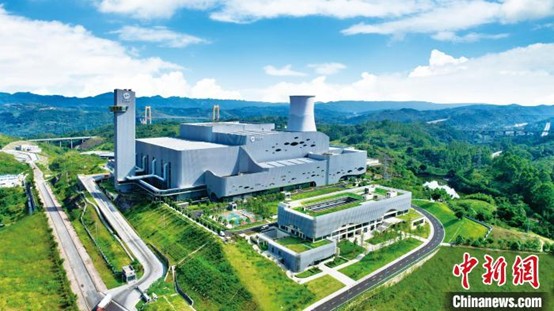
"The 4th waste incineration power plant in the central urban area of Chongqing has adopted medium-temperature, sub-high-pressure waste heat boilers, which greatly improves the overall power generation efficiency," introduced Liao Zhiqiang, Minister of the Production and Operation Department of Chongqing Sanfeng Yulin Environmental Protection Power Generation Co., Ltd. (hereinafter referred to as "Sanfeng Yulin"). This power plant was solely invested and constructed by Chongqing Sanfeng Environment. It started grid-connected power generation in December 2020, with a designed daily treatment capacity of 3,000 tons of household waste. Currently, Sanfeng Yulin is responsible for its operation.
In pursuit of a more low-carbon and cleaner production mode, the power plant has adopted combined technologies to achieve ultra-low emissions of flue gas pollutants, with the emission values of the main flue gas pollutants lower compared to the industry average. At the same time, technical means such as big data analysis, cloud computing, AI, and 3D modeling were applied to realize intelligent management and control, making the production operation more economical and efficient, and achieving "dual enhancement" of environmental and economic benefits.
The fly ash generated from household waste incineration, as "hazardous waste", mainly comes from particulate matter, reaction products, activated carbon, and unreacted slaked lime during combustion. Regarding this issue, Liao Zhiqiang said that Sanfeng Yulin has enhanced the flue gas purification ability by dry desulfurization technology, significantly reducing the air pollution impact of emissions.
"The green power is eventually integrated into the national power grid and delivered to thousands of households." According to Liao Zhiqiang, by the end of November 2024, the power plants had processed a cumulative amount of 4.5125 million tons of household waste, reducing carbon dioxide emissions by about 1.2419 million tons. The cumulative power generation fed into the grid reached 2.001 billion kW·h, which can meet the one-year electricity consumption for the daily life of about 2.4089 million urban residents. Household waste has become an "emerging force" in power generation.
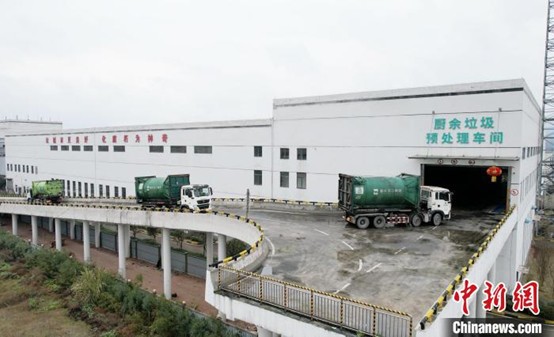
Kitchen waste: An energy "reservoir"
On the other side of the base, the kitchen waste treatment plant has also achieved resource utilization. Chongqing Yuhuan Bioenergy Co., Ltd. (hereinafter referred to as "Yuhuan Company") has been promoting multiple tasks in kitchen waste disposal to a leading level in the industry with an orientation towards industrial application.
"The maximum daily treatment capacity of organic solid waste can reach 3,000 tons, ensuring that the kitchen waste generated in the central urban area of Chongqing on a daily basis is cleaned up and processed on the same day," introduced Chen Hailong, General Manager of Yuhuan Company. The kitchen waste treatment plant is mainly responsible for the innocuous treatment and resource utilization of kitchen waste in the central urban area of Chongqing. In terms of technology, the treatment plant has applied a variety of core technologies, including dry treatment, wet treatment, and synergistic treatment in dry-wet series connection of organic solid waste to jointly carry out anaerobic digestion of kitchen waste, food waste, and sludge to produce new energy, to finally achieve the conversion of waste materials into usable energy and of resources into energy.
In order to better adapt to the local kitchen waste in Chongqing with its own characteristics, the R&D team of Yuhuan Company has independently developed a number of complete sets of kitchen waste disposal equipment, realizing the manufacturing of core equipment in China and the localization of key components. It has obtained more than 70 patents for garbage disposal, effectively promoting the development of the organic solid waste treatment industry and launching the largest single-unit kitchen waste recycling project in terms of disposal scale in China.
Taking Chongqing's hot pot catering industry as an example, the kitchen waste it generates is characterized by high water content, high oil content, and high salt content. Chen Hailong said that the kitchen waste from hot pot restaurants is unloaded into the receiving hopper in the treatment plant by special collection and transportation vehicles, and then undergoes solid-liquid separation under a special separation device. The separated solid kitchen waste undergoes crushing and screening, then mixes with high-oil organic wastewater to form a desanded slurry, followed by oil extraction through heating. The extracted oil is used to produce biodiesel. The other liquids and solids are mixed and enter the anaerobic system for fermentation to produce biogas. After dehydration, the biogas slurry is disposed of through biochemical treatment and discharged to the standard.
Currently, Yuhuan Company has established a complete recycling industrial chain of renewable resources following the model of "garbage-resources-products". A total of 970,000 tons of organic solid waste can be recycled annually to generate 130 million kW·h, produce 8 million cubic meters of natural gas, and yield 46,000 tons of industrial-grade blended oil, achieving an annual carbon emission reduction amounts to 800,000 tons.
Chongqing has turned waste treatment into a resource industry through market-oriented means. According to Gao Hao, a professor at the School of Economics of Southwest University of Political Science & Law, the Luoqi National Resource Recycling Base has formed a circular economy. That is, through the reuse of resources, the base has, with a systematic mindset, established a seamless connection in the “garbage-resources-industry" chain. This is a way to promote green transition empowered by science and technology and balance ecological and economic benefits through market-oriented means, providing practical experience for the sustainable development of high-density cities across the world.
The construction of a "zero-waste city " is related to both pollution reduction and carbon emission reduction. Its core lies in improving the governance system of reduction, resource utilization, and harmless treatment. Xiang Ting, a member of the Party leadership group and Deputy Director of the Chongqing Municipal Ecology and Environment Bureau, said at a previous press conference, Chongqing has planned to focus on the treatment of key areas, accelerate the treatment of construction waste, household waste, agricultural waste, bulk industrial solid waste, and plastic pollution. It aims to take the construction of a "zero-waste city" as an opportunity to boost the improvement of source pollution reduction, process resource utilization, and end-of-pipe harmless treatment of solid waste in various fields.









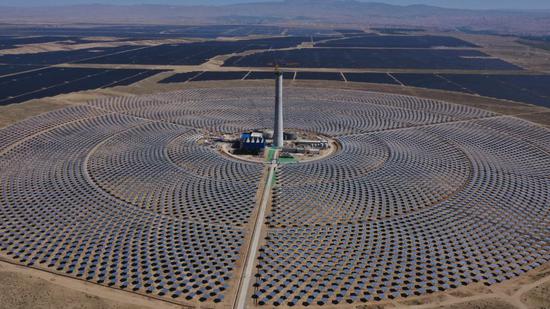

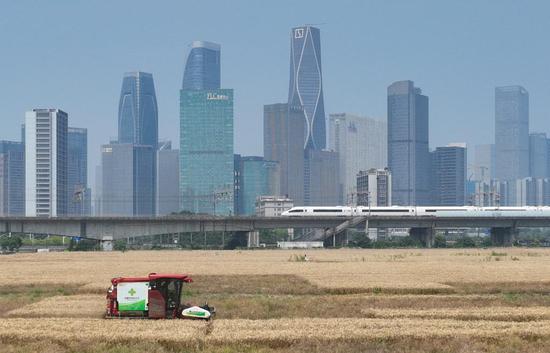





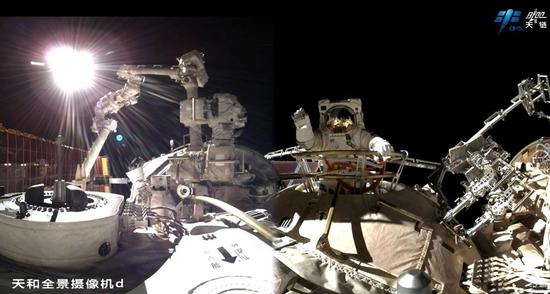




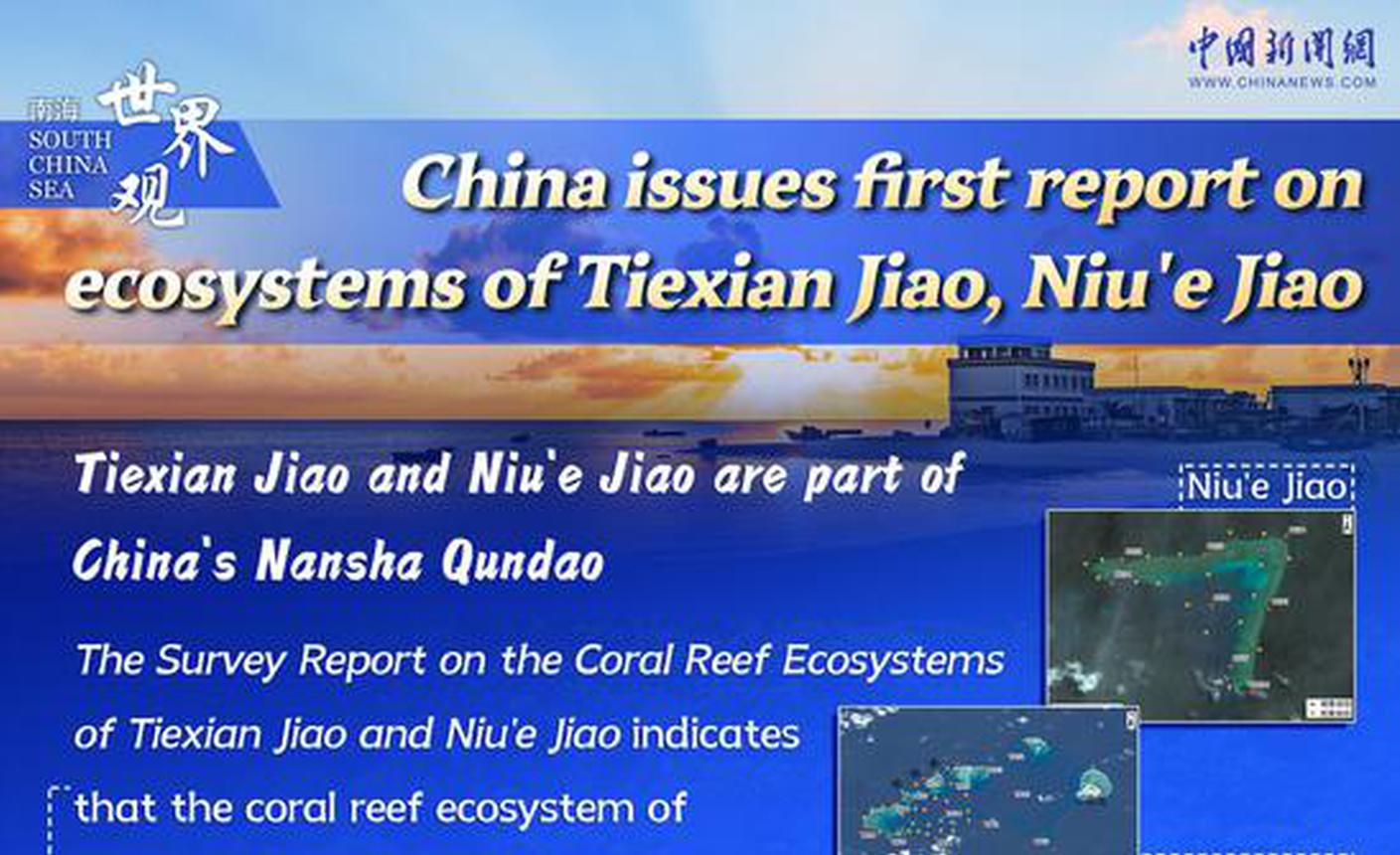

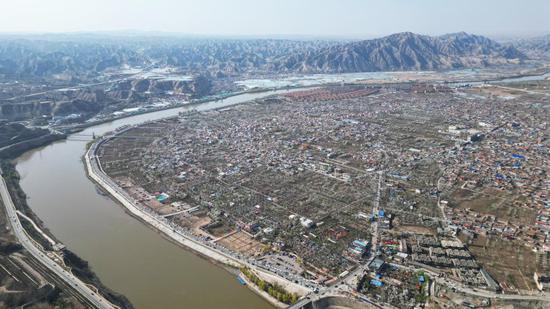

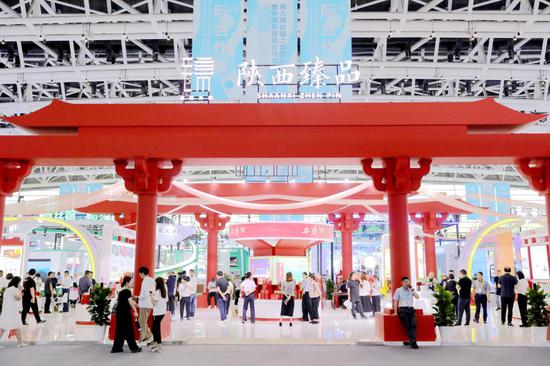












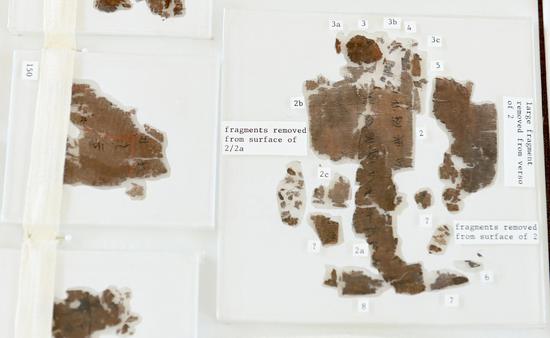


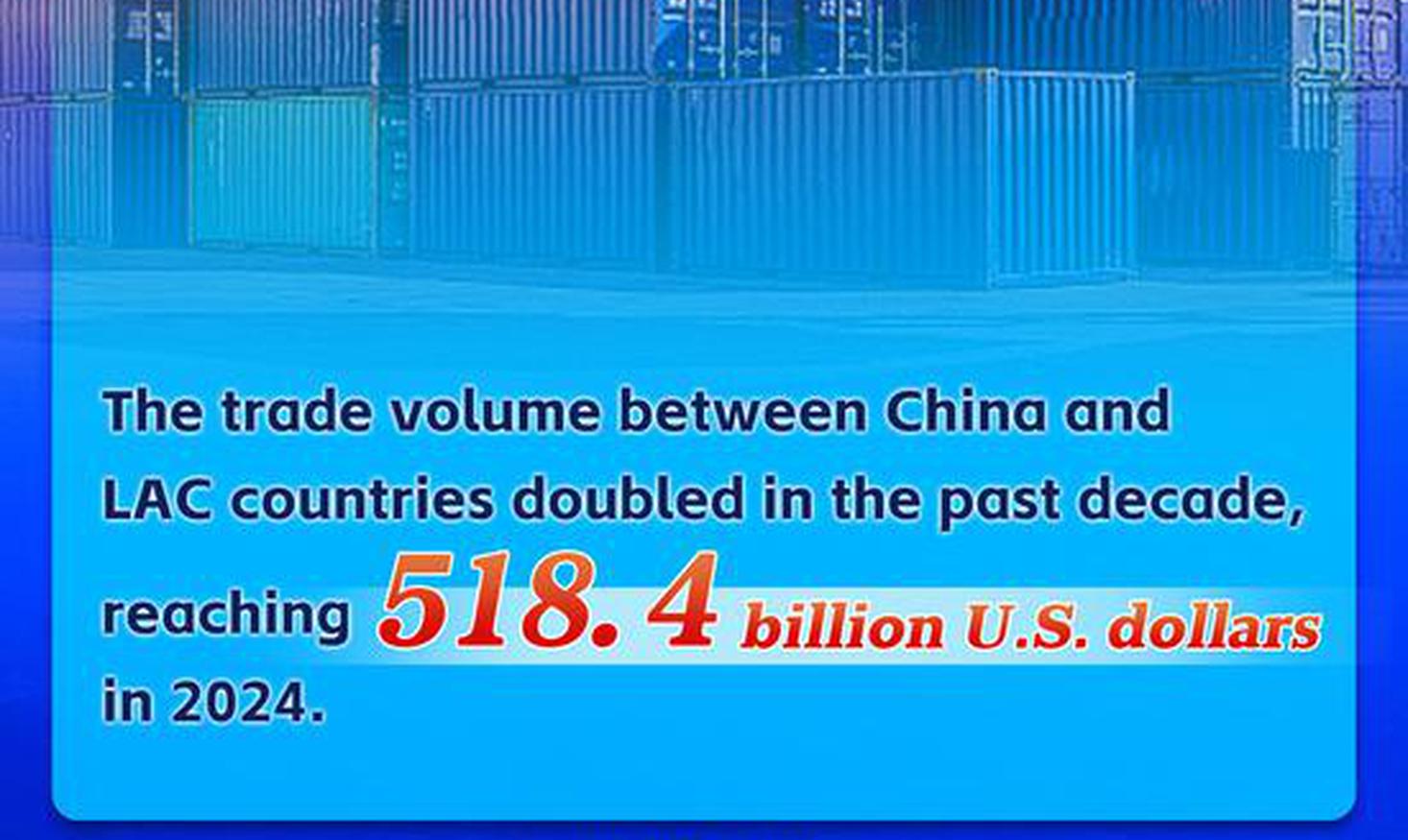
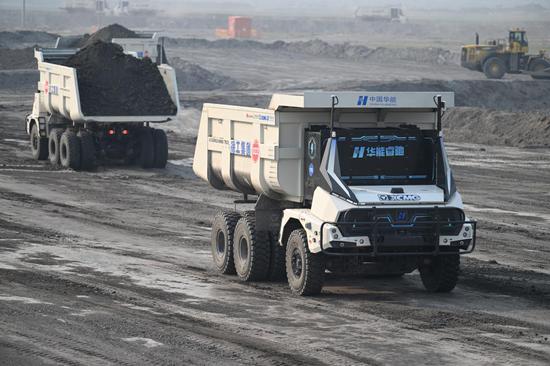






 京公网安备 11010202009201号
京公网安备 11010202009201号